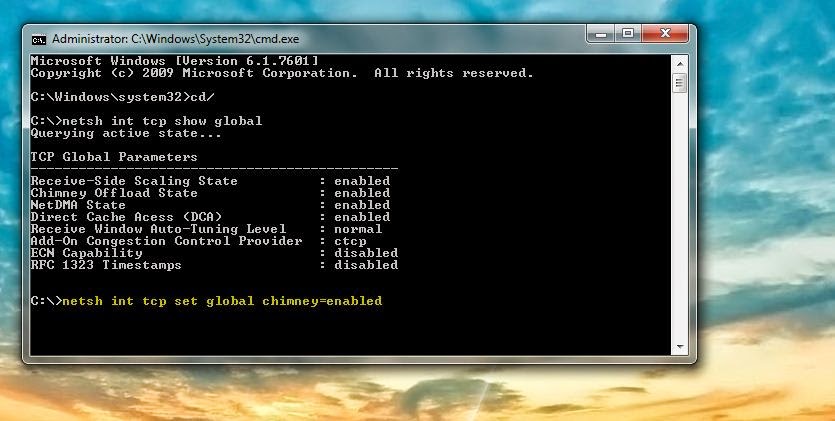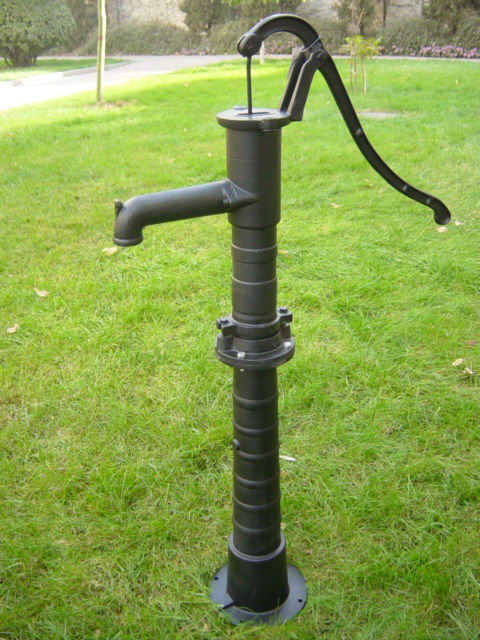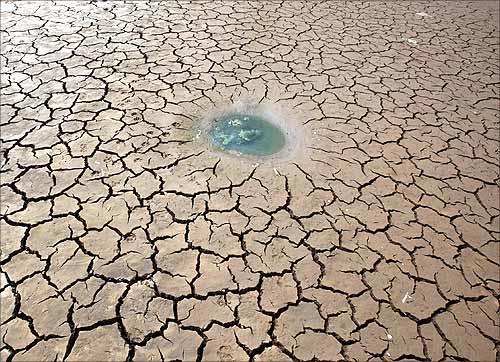Do you know, that windows uses 20% of our internet speed......
So we are only using the remaining 80%, so how can we able to get that 20% from windows.
That's what i'm going to do in this blog.
Just follow my steps.
1) Run 'run' from start or by pressing the windows key+R
2)In the new small window that appears type 'gpedit.msc'
then click on OK or press enter
3)In the new window that appears
click on Administrative Templates from the Computer Configuration
4)then select Network
5)then select QoS Packet Schedular
6)select Limit reservable bandwidth
7)In the new window that appears, you can see your limit reservable bandwidth option is set as Not configured. This means that windows is using your internet speed. Change this option to Enabled and you can see the Bandwidth limit shows 20. You want to change this bandwidth limit to zero and click on OK and after that Click on Apply.
OR
WATCH THIS VIDEO
That's it....................................
ENJOY
So we are only using the remaining 80%, so how can we able to get that 20% from windows.
That's what i'm going to do in this blog.
Just follow my steps.
1) Run 'run' from start or by pressing the windows key+R
2)In the new small window that appears type 'gpedit.msc'
then click on OK or press enter
3)In the new window that appears
click on Administrative Templates from the Computer Configuration
4)then select Network
5)then select QoS Packet Schedular
6)select Limit reservable bandwidth
7)In the new window that appears, you can see your limit reservable bandwidth option is set as Not configured. This means that windows is using your internet speed. Change this option to Enabled and you can see the Bandwidth limit shows 20. You want to change this bandwidth limit to zero and click on OK and after that Click on Apply.
OR
WATCH THIS VIDEO
That's it....................................
ENJOY





























